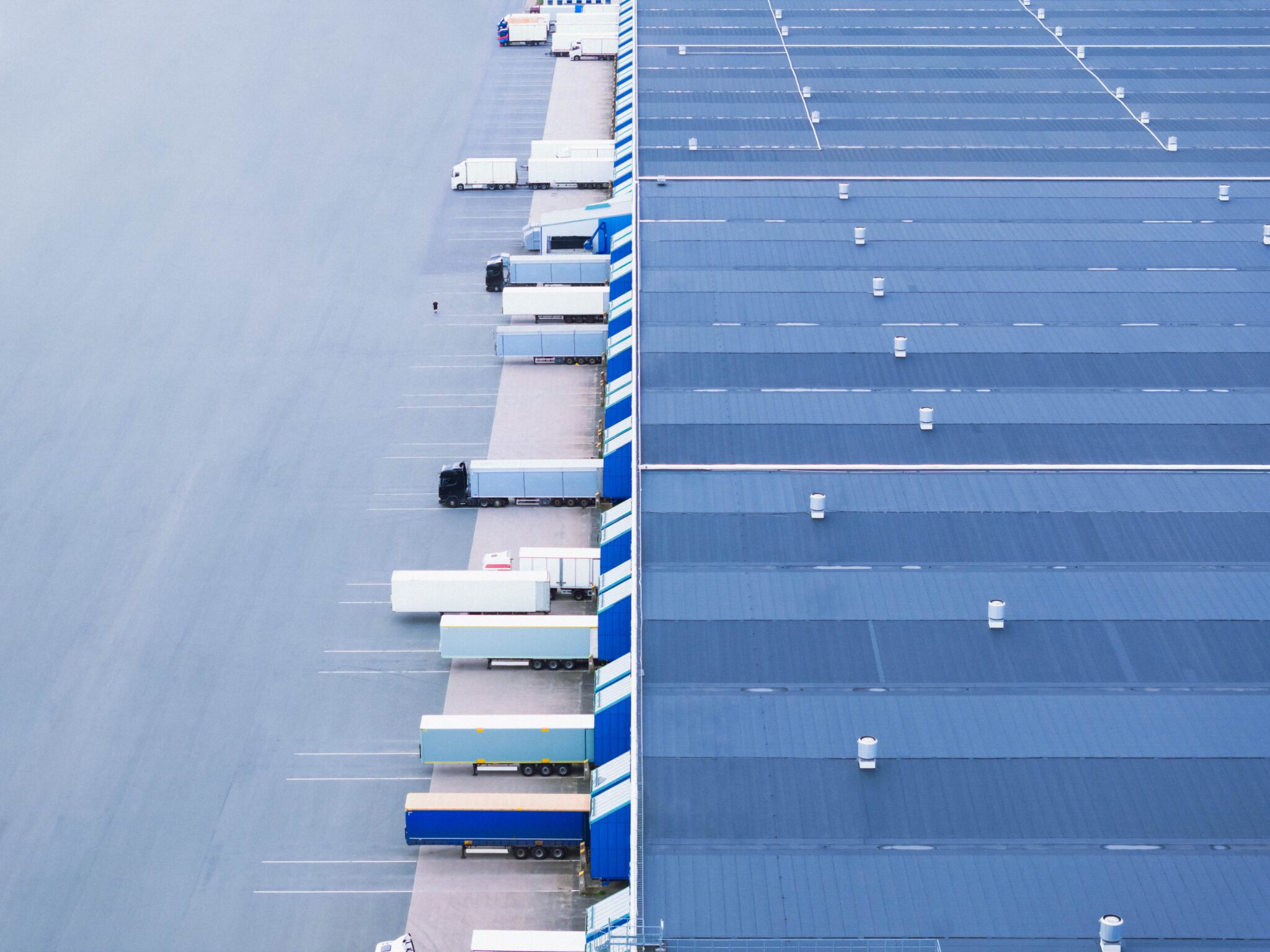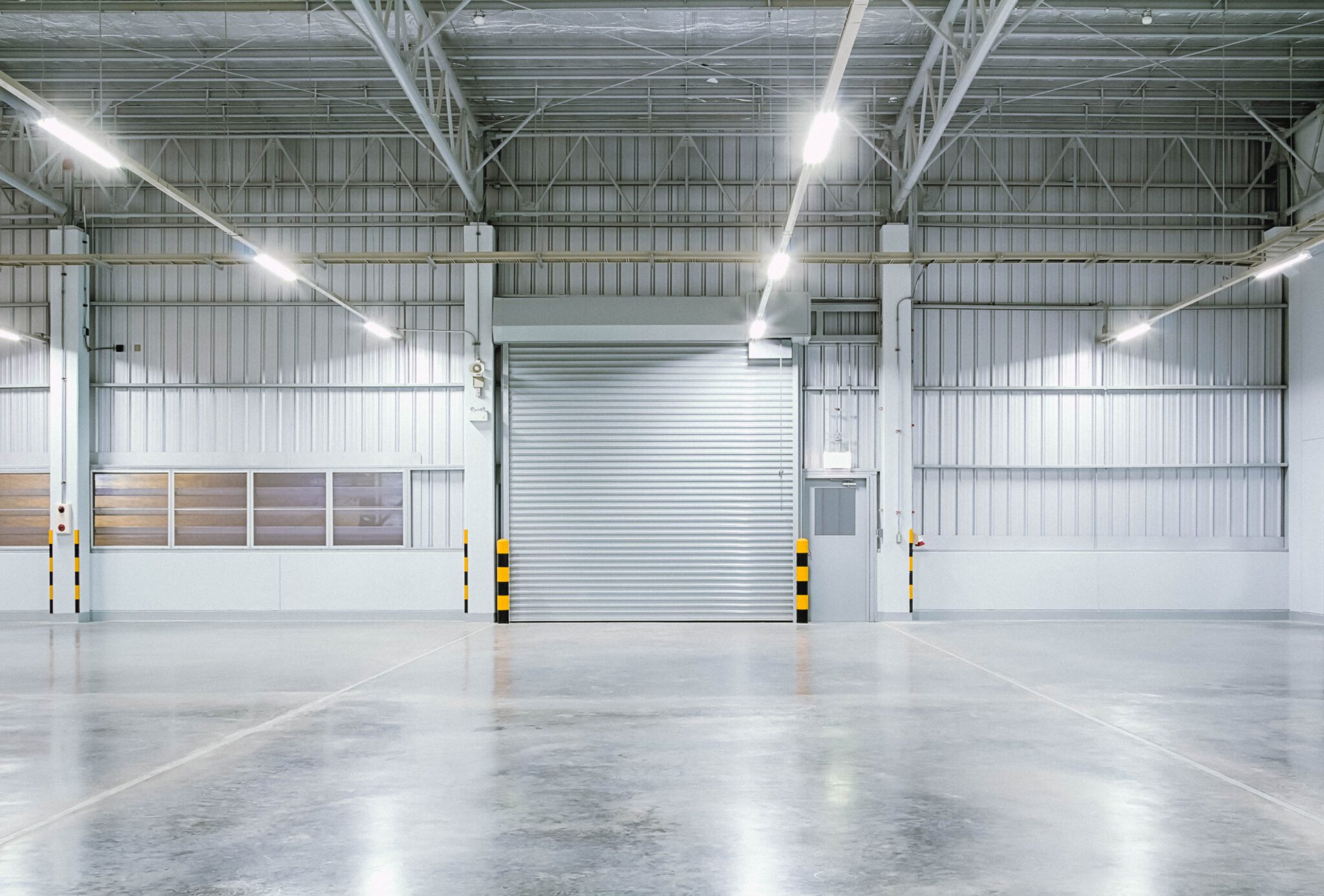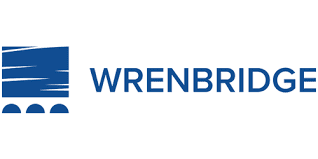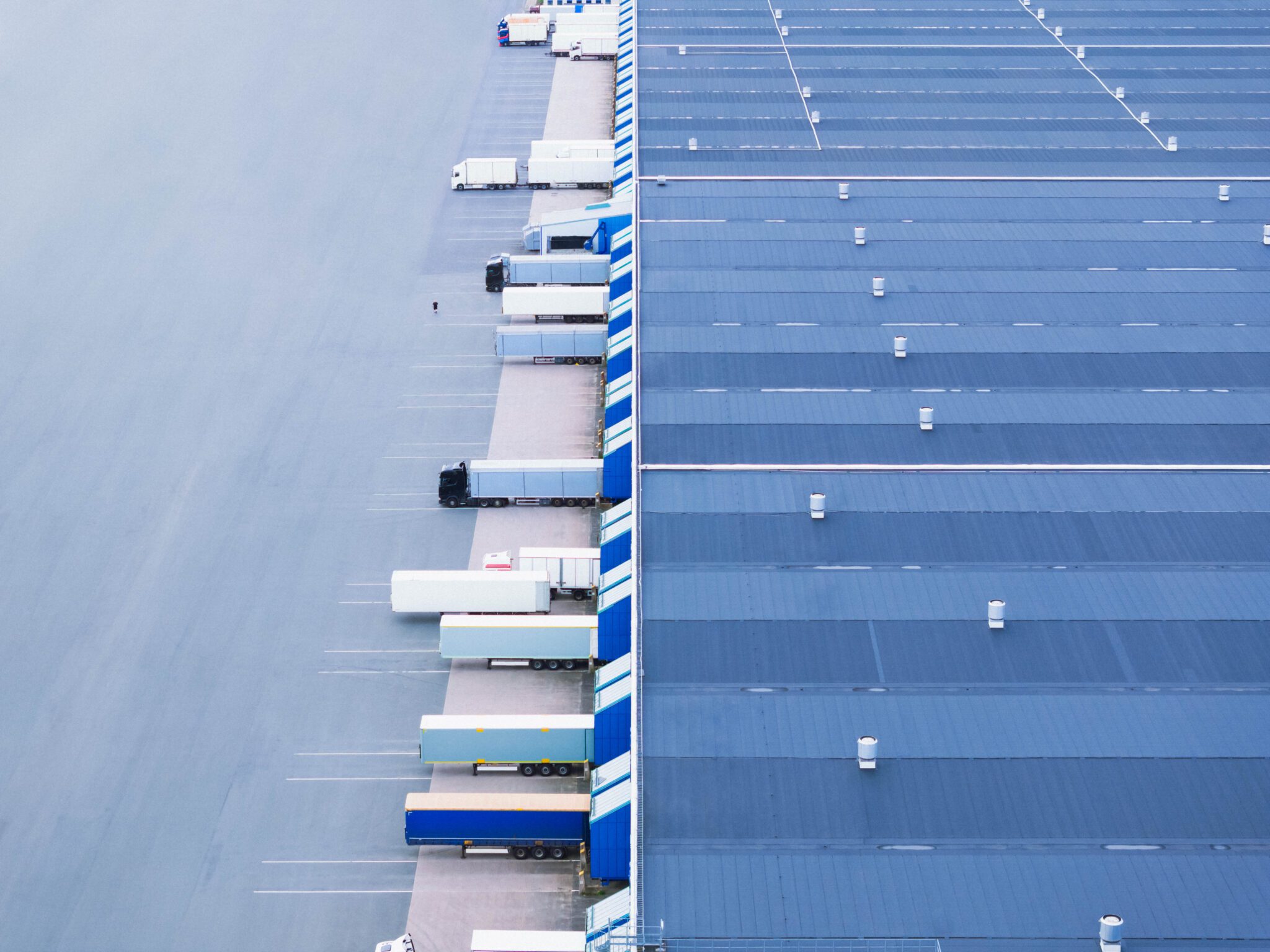2
Laying tech
foundations.
The complexity of technological demands set out by occupiers varies greatly, but is being further compounded by rapidly advancing practices such as IoT and automation and AGVs, all of which rely heavily on reliable tech foundations across industrial real estate.
Indeed, of all investment being made into warehousing in particular, technology is cited as a primary area of concern for occupiers. According to a recent report from Manhattan Associates, 72% of organizations plan to replace or upgrade existing technologies in the near future to keep up with newly emerging innovations.
For building owners and developers, creating spaces that can be adaptive and resilient to these different requirements can often be overwhelming, especially for those assets which are of older stock.
Landlords should be assured that by focusing on a common denominator of excellent technology foundations – suitable for both new and retrofitted buildings – they can layer in additional tech to suit the needs of the occupier.












